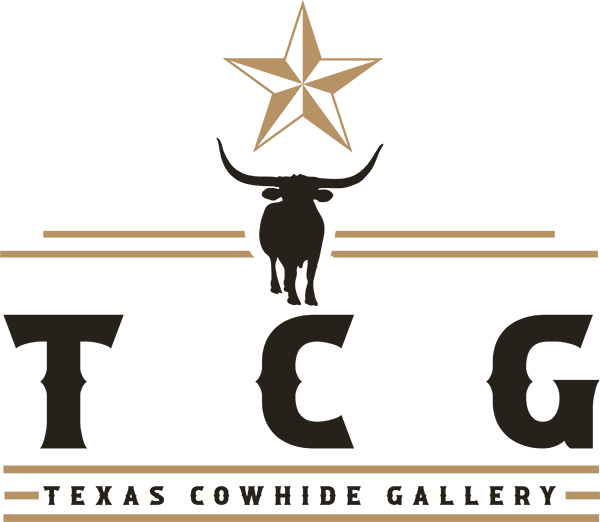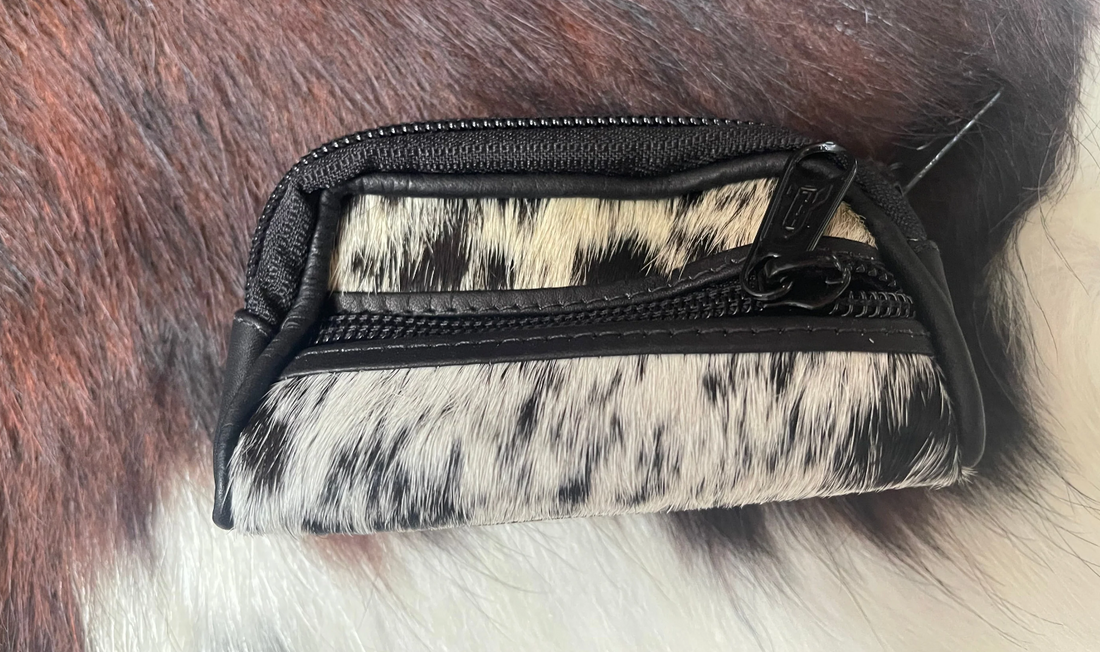Cowhide, the rugged skin of cattle, has held a remarkable place in cultures around the world. Its story transcends borders, weaving a tapestry of tradition, artistry, and utility. In this blog, we embark on a journey to explore the vibrant cultural significance of cowhide across different countries and regions. From traditional cowhide rugs in the USA to contemporary cowhide rugs, the world's fascination with cowhide spans a broad spectrum of uses and symbolism.
The Cultural Significance of Cowhide Across the Globe
1. The Roots of Cowhide in Native American Culture: Cowhide Rugs in USA
In the heart of the United States, cowhide rugs have long been cherished for their warmth and durability. Native American tribes, such as the Navajo and Apache, pioneered the use of cowhide as blankets and clothing. These quality cowhide rugs were more than just functional; they were symbolic of the connection between people and the land. Today, you can still find contemporary cowhide rugs in many American homes, blending tradition with modern aesthetics.
2. The Iconic Cowboy Culture
The Wild West era of the USA brought forth the image of the rugged cowboy, often seen draped in cowhide vests, chaps, and hats. Cowhide became an integral part of the cowboy's identity, symbolizing their resilience and connection to the vast American frontier. The appeal of genuine cow skin rugs continues, adding a touch of rustic elegance to homes.
3. South American Elegance and Tradition
Venturing south to South America, cowhide takes on a new identity. In countries like Brazil and Argentina, colored cowhide rugs are a testament to the rich culture and traditions of the region. These vibrant rugs are often used in traditional dance performances, adding a dash of elegance to the rhythmic movements of dancers.
4. African Artistry and Storytelling
In Africa, cowhide plays a crucial role in storytelling and art. The Zulu people of South Africa, for instance, craft authentic cowhide rugs and other quality cowhide products adorned with intricate designs. These creations serve as a medium for passing down stories and traditions from one generation to the next.
5. European Elegance and Sophistication
In Europe, cowhide transcends utility and becomes a symbol of luxury and sophistication. Italian artisans, renowned for their leatherwork, create exquisite cowhide duffel bags and accessories. These items are not just functional but also expressions of artistry, blending the ruggedness of cowhide with European elegance.

6. The Intricacies of Japanese Craftsmanship
Japan, known for its precision and craftsmanship, has its own unique relationship with cowhide. In traditional Japanese art forms such as calligraphy and painting, cowhide parchment called "wagami" is used. This authentic cowhide material provides a distinctive texture and durability, making it a favorite among artists. The choice of using cowhide in these art forms is not just practical but also symbolizes the artist's connection to nature.
7. The Indigenous Tribes of Africa and Cowhide
Across the vast and diverse continent of Africa, cowhide has played a pivotal role in the attire of various indigenous tribes. For example, the Maasai people of East Africa are known for their distinctive clothing, which often incorporates cowhide elements. These garments are not merely for aesthetic purposes; they represent a deep connection to their cattle and their way of life.
8. The Cowhide Drumming Tradition of Mongolia
In the vast steppes of Mongolia, cowhide takes on a rhythmic significance. Mongolian nomads have been crafting cowhide drums for centuries. These drums, made from genuine cowhide, are used in traditional ceremonies and celebrations.
The resonance of these drums is believed to connect the earthly and spiritual realms, making them a vital part of Mongolian culture.
9. Cowhide and the Indigenous Peoples of Canada
Canada's indigenous peoples, including the First Nations, Inuit, and Métis, have a rich tradition of using cowhide in their artwork and clothing. Cowhide is often adorned with intricate beadwork and traditional designs, making it a key element in preserving and passing down their cultural heritage. These authentic cowhide products serve not only as art but also as a source of pride and identity.
10. The Role of Cowhide in Chinese Martial Arts: Cowhide in Traditional Kung Fu Weapons
In the realm of martial arts, cowhide has a unique place in Chinese culture. Traditional kung fu weapons such as the "nunchaku" and "whip chain" often feature cowhide grips.
The use of cowhide not only provides a secure grip but also symbolizes strength and discipline. These weapons have become iconic symbols of martial arts mastery and philosophy.
11. Cowhide in Scandinavian Interior Design
In the chilly Nordic regions, cowhide serves both practical and aesthetic purposes. Cowhide rugs are commonly found in Scandinavian homes, adding warmth and texture to minimalist interiors.
These quality cowhide rugs, often in natural hues, align with the Nordic design ethos of simplicity and functionality.

12. The Cultural Exchange of Cowhide
Cowhide's cultural significance goes beyond borders and is a testament to the interconnectedness of our world.
As people travel and cultures mix, cowhide continues to be a bridge between traditions and a symbol of cultural exchange. In an era of globalization, the use of cowhide transcends its origins and becomes a shared element in the global tapestry of culture.
13. Cowhide in Aboriginal Artwork
Down under, among the Aboriginal people of Australia, cowhide has been integrated into their artwork and culture. Aboriginal artists often use cowhide canvases for their paintings, creating a unique texture and aesthetic.
These artworks tell stories of ancestral heritage, the dreamtime, and the deep connection between the land and its people.
14. Cowhide and the Art of Rodeo in Mexico
Mexico, cowhide plays a central role in the adrenaline-pumping world of rodeo. Rodeo performers, known as "charros" and "charreadas," proudly display cowhide attire, from embroidered jackets to intricately designed saddles. The use of cowhide in this context symbolizes bravery and tradition, as these rodeo events are deeply rooted in Mexican culture.

15. Cowhide's Role in Native Canadian Crafts
Among the Indigenous peoples of Canada, cowhide is a vital component of traditional footwear. Mukluks, a type of boot designed for cold weather, often incorporate cowhide for its insulation properties. These handmade boots passed down through generations, not only keep feet warm but also represent the resilience and adaptability of Indigenous communities in the face of challenging climates.
16. The Influence of Cowhide in Western Fashion
In the realm of high fashion, cowhide has made its mark as a versatile and stylish material. Designers worldwide have embraced cowhide for its texture and durability.
From cowhide handbags to jackets, this material adds a touch of luxury and sophistication to modern wardrobes. Cowhide has become a symbol of elegance and timeless style.
17. Cowhide's Role in Scandinavian Folklore
In Scandinavia, cowhide has ties to folklore and superstitions. Traditional beliefs hold that placing cowhide beneath a newborn's cradle would protect the child from evil spirits. This practice demonstrates how cowhide has been integrated into everyday life as a symbol of protection and well-being.
18. The Versatility of Cowhide in Native American Artifacts
Native American cultures have a deep-rooted connection with cowhide, using it in the creation of various tools and items. The Plains Indians, for instance, crafted cowhide shields, pouches, and drums. These items served not only as practical tools but also as artistic expressions of their cultural identity and beliefs.
19. Cowhide as a Sustainable Choice
In today's world, as sustainability becomes increasingly essential, cowhide offers a sustainable choice for those seeking environmentally friendly materials. Unlike synthetic alternatives, cowhide is a natural, biodegradable material that reduces our reliance on fossil fuels and harmful chemicals.

20. Cowhide in Native American Totem Poles
Native American totem poles, a significant part of indigenous cultures in the Pacific Northwest, often feature intricate carvings and paintings on cowhide.
These totem poles serve as storytelling devices, preserving tribal history, legends, and spiritual beliefs. Cowhide's presence here reflects its role as a canvas for cultural narratives and artistic expression.
21. Cowhide in Alpine Festivals
In Switzerland, cowhide is an integral part of Alpine culture. During festivals like the "Cow Parade," cows adorned with cowhide bells and colorful ribbons are led down from the high mountain pastures to the valleys for the winter. This tradition not only marks the changing of seasons but also celebrates the importance of cattle farming in the region.
Final Word
Cowhide's cultural significance spans continents and centuries. From its role in Native American culture to its use in contemporary design, cowhide continues to captivate us with its versatility and symbolism.
In today's interconnected world, you can find cowhide products from different corners of the globe available for purchase online. If you are looking for quality cowhide rugs in the USA, Cowhide Gallery is your gateway to the world of cowhide.
Our collection features a wide range of authentic cowhide rugsand other cowhide products, including cowhide leather backpacks, cowhide purse wallets, cowgirl cellular purses, crossbody cowhide purses, and more.Explore our collection today and discover the cultural significance of cowhide for yourself.

